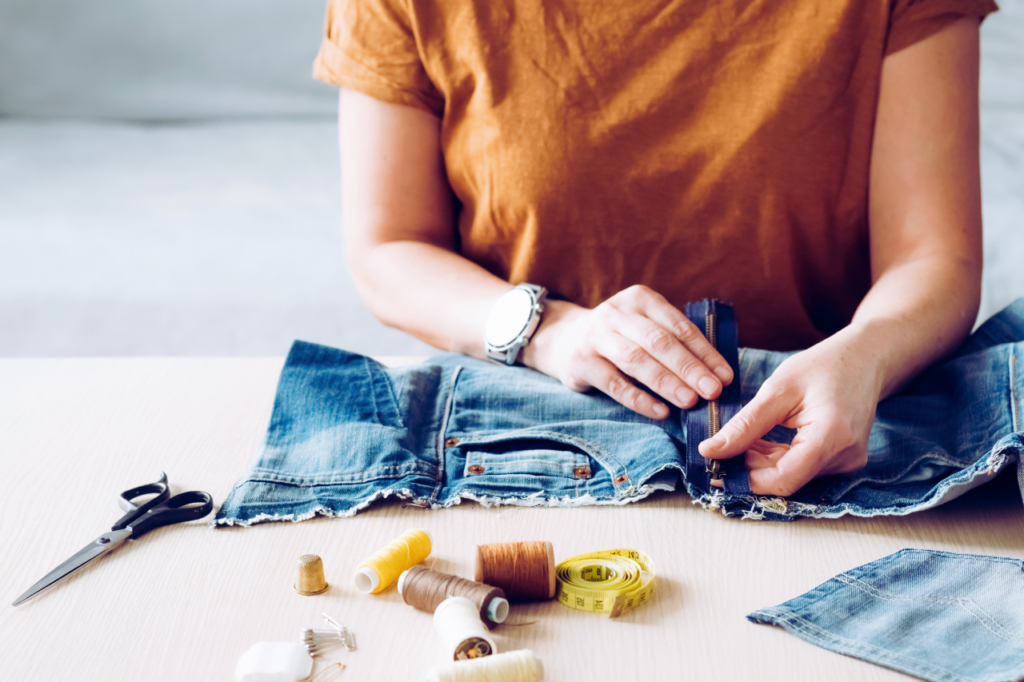
Slow fashion, also called sustainable fashion, is the opposite of fast fashion and involves reducing consumption. The term emerged as a counter-reaction to the fast fashion industry, inspired by the slow food movement’s focus on quality through good, clean, and fairly produced food.
Slow fashion is all about being a conscious consumer and choosing high-quality, not too trend-sensitive and long-lasting clothes. It’s about prioritising and choosing garments that you really like and want to use. Quality over quantity means producing and consuming as few new garments as possible and using and circulating what is already available more often and for longer. In this way, we will reduce the depletion of natural resources and the emission of added chemical substances for faster and more efficient processing.
As a consumer, you can increase the lifespan of your clothes by taking the best care of them by:
- Choosing gentle washing programmes
- Wash out occasional stains instead of the whole garment
- Tumble dry at low speeds to maintain the colour, shape and finish of the garment
- Airing instead of washing
- Line-drying. Tumble drying puts a significant strain on clothes
- Mending and re-sewing
- Borrow, swap, rent or buy second-hand
- Shop wisely, and when it’s time to buy new:
– choose quality
– opt for versatile, timeless garments that go well with different clothing combinations
– choose sustainably produced, both environmentally and socially, such as organic and Fairtrade
To understand and evaluate sustainable material choices, consider where the primary component of the material, the fibre, comes from, which largely determines how the material affects nature and its biodiversity.
Slow fashion represents a shift toward innovative business models and practices for the industry, emphasising circular flows to minimise resource extraction and emissions. In contrast, the business models associated with fast fashion are centred on selling as much as possible, allowing prices to be squeezed thanks to mass production. The lower prices allow more people to afford to buy the products, increasing demand and increasing the need to produce even more.
Slow fashion manufacturing should prioritise environmental and social sustainability, considering biodiversity, climate impact, and labour conditions. This approach may result in higher prices, reflecting the true costs of the product, including the use of natural resources, emissions, and the impact of unfair labour practices. Policies can play a key role in supporting this transition through measures like tax incentives and fostering collaboration between academia and industry through research and development. Additionally, legislation enforcing producer responsibility could further guide the textile industry towards a more sustainable industry.
To summarise, slow fashion is:
- Quality over quantity
- Timeless design
- Sustainable materials, from fibre selection to dyeing and finishing
- Repair, borrow, swap, rent – reuse
- Manufacturing products sustainably – eco-friendly, locally produced, social and ethical fairness
- Transparency of the entire value chain
Sources
Johanna Leymann – Sustainable Fashion ![]()
Good on You – Slow Fashion ![]()
TänkOm – Åsa Strandberg ![]()
November 2024, TÄNKOM | Revised November 2024, RETHINK



